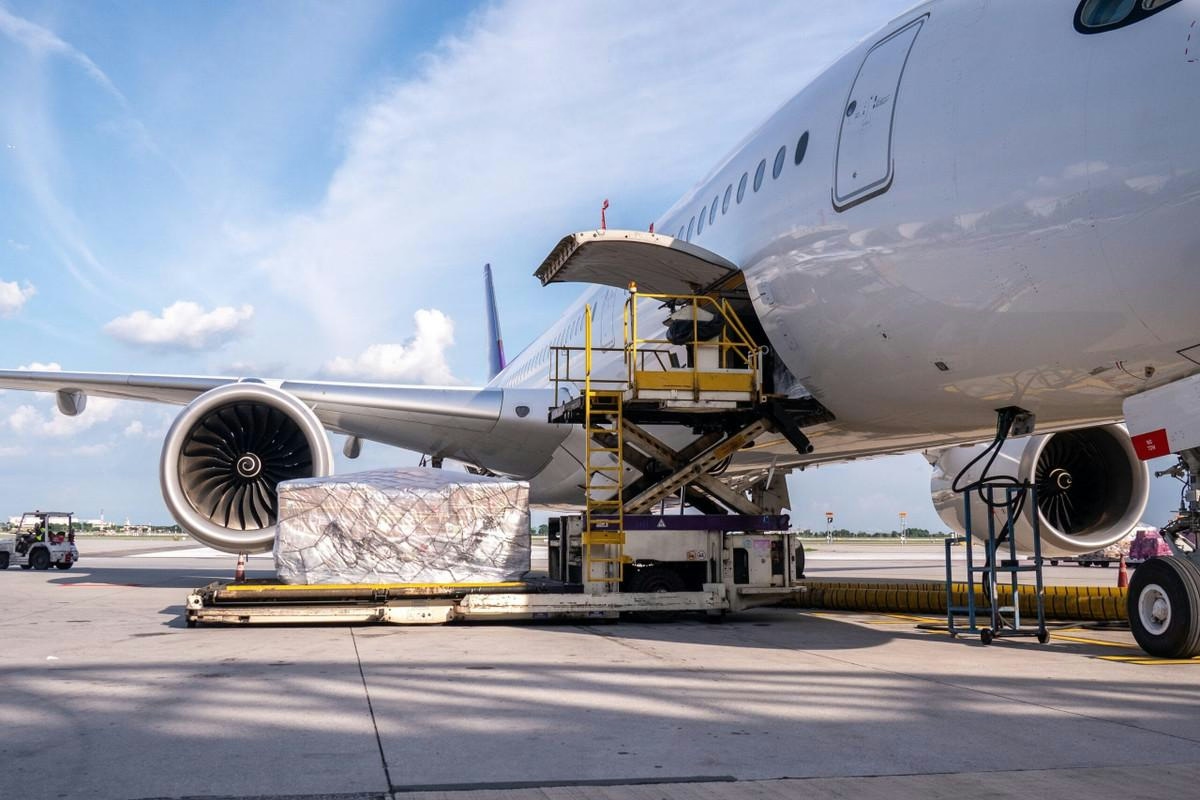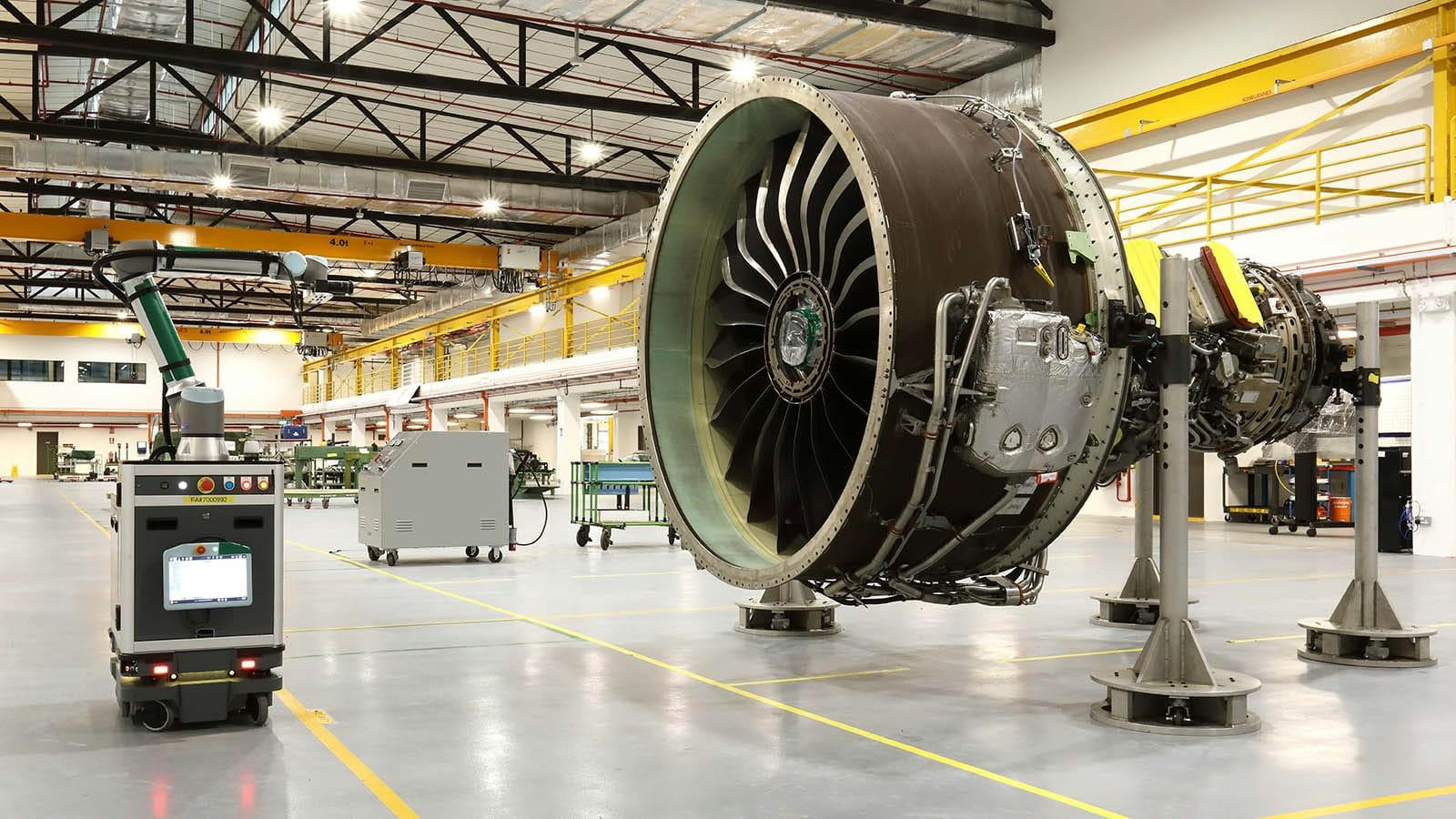
AeroGenie — 您的智能副驾驶。
热门趋势
Categories
NTSB Attributes Colorado Tecnam Crash to Carburetor Icing

NTSB Attributes Colorado Tecnam Crash to Carburetor Icing
The National Transportation Safety Board (NTSB) has concluded its investigation into the June 16, 2024, crash involving a Tecnam P2006T near Larkspur, Colorado. The accident, which resulted in serious injuries to both pilots and substantial damage to the aircraft, was attributed to carburetor icing—a preventable condition that has renewed focus on carburetor maintenance and flight operational procedures.
Sequence of Events
The incident occurred during a training flight involving two pilots: a 28-year-old multi-engine instructor (MEI) with 1,174 total flight hours, including 115 in the Tecnam P2006T, and a 23-year-old pilot with 1,084 hours but only two hours on type. The pair were conducting one-engine-inoperative procedures when the left engine was intentionally shut down. After two unsuccessful restart attempts, the engine was eventually restarted, and the aircraft began its return to Centennial Airport (APA) in Englewood.
As the aircraft descended near the airport, the pilots noticed an increasing need for right rudder input to maintain control. Shortly thereafter, the left engine’s rpm and temperature dropped, signaling a loss of power. With the left engine continuing to fail, the instructor diverted toward Perry Park Airport (CO93), located approximately four nautical miles away. When it became clear they could not reach the runway, the pilots attempted an emergency landing on southbound Interstate 25.
Witnesses recorded video footage showing the aircraft descending with the left propeller stopped and the right propeller still turning. The left wing struck a road sign before the plane veered to avoid vehicles and ultimately came to rest inverted in a marshy area east of the highway.
Investigation Findings
The NTSB’s investigation revealed that the carburetor heat levers were found in the OFF position, while the left propeller lever was retarded but not fully feathered. Functional testing of both Rotax 912S3 engines showed no evidence of preimpact mechanical failure. The board determined that weather conditions at the time were conducive to significant carburetor icing at glide power settings. The probable cause was identified as the flight instructor’s failure to apply carburetor heat, which led to a loss of power in the left engine due to carburetor icing.
The report underscored the critical importance of using carburetor heat, particularly during low-power operations, to prevent icing. It also noted that the aircraft flight manual advises against engine shutdowns during training unless mandated by regulation, and the manufacturer cautions that repeated in-flight engine shutdowns can cause long-term damage.
Broader Implications
This accident has prompted renewed discussion within the aviation community regarding carburetor maintenance and operational protocols. The NTSB’s findings may lead to heightened scrutiny of maintenance practices and could influence insurers to increase premiums for small aircraft operators due to perceived elevated risks. In response, industry stakeholders may accelerate the development and adoption of new technologies or procedures aimed at preventing carburetor icing, potentially fostering innovation in anti-icing systems.
The NTSB’s safety advisory, “Preventing Carburetor Icing (SA-029),” highlights that serious carburetor ice can form even at temperatures as high as 90°F and relative humidity as low as 35 percent. The Colorado crash serves as a stark reminder of the necessity for vigilance and strict adherence to established procedures, especially during training flights where operational risks are inherently greater.

Spirit Signs Agreement with Pratt & Whitney Units on Aircraft Engines

ADB SAFEGATE Receives Industry Awards for Marketing, R&D, and Social Impact

GA Telesis Secures Five-Year Landing Gear Overhaul Agreement with Major U.S. Carrier

Government Strengthens Aviation Safety Framework Amid AI-171 Investigation

NASA Software Raises Bar for Aircraft Icing Research

Dans and Emirates Aviation University Partner on AI Air Traffic Management Research

Nigus and AXISCADES to Develop Nigeria’s First Major Aviation MRO Hub

Commission Unveils Industrial Strategy for Aviation Sector

Congressional Committee Expresses Bipartisan Support for Advanced Air Mobility
